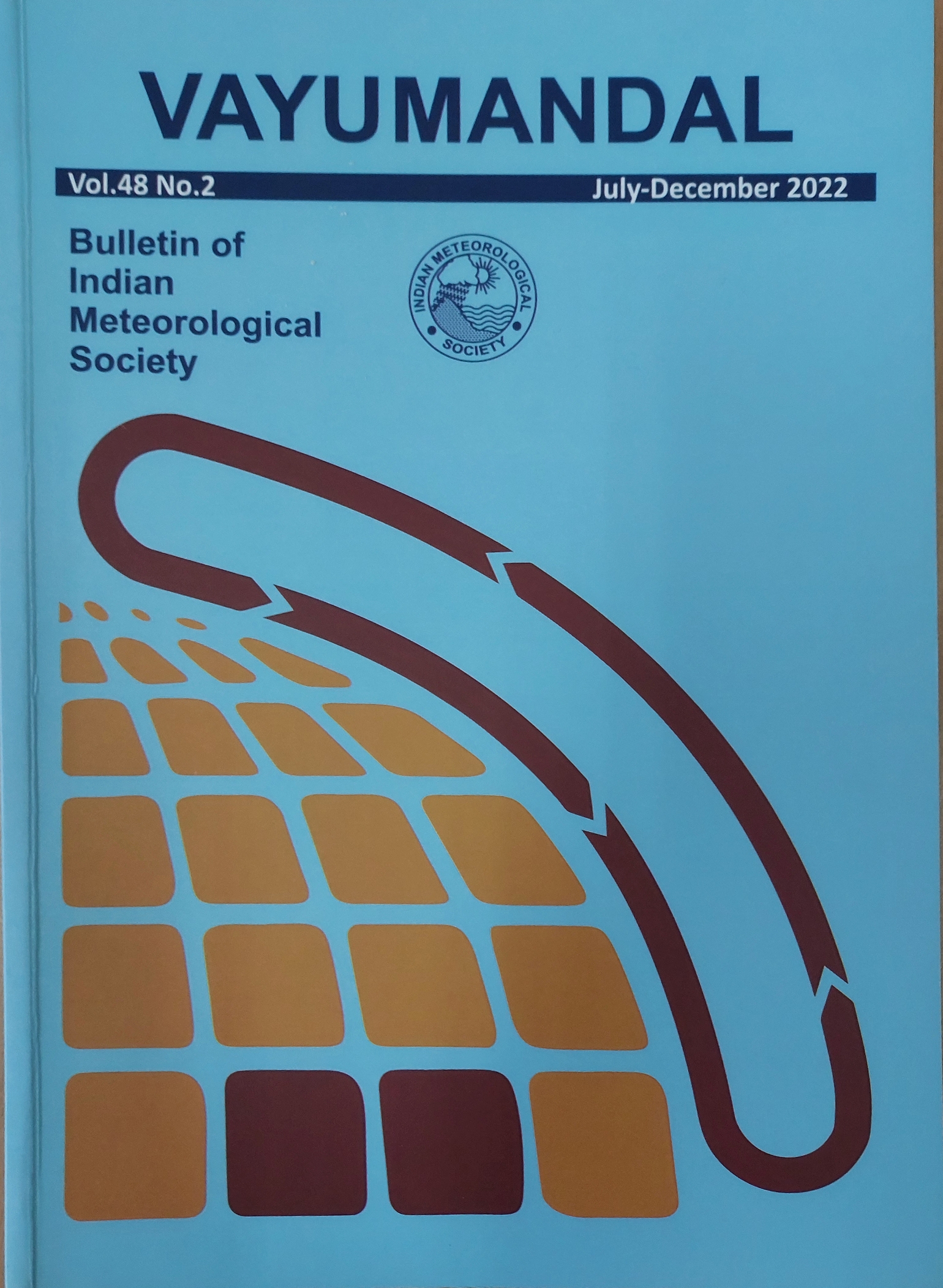A Case Study of Heavy Rainfall Events and Resultant Flooding during the Summer Monsoon Season 2020 over the River Catchments of North Bihar, India
Abstract
The state of Bihar experienced three spells of heavy to very heavy rainfall in July 2020, leading to large-scale flooding and inundation of low-lying areas along the Gandak, Bagmati/Adhawara, and Kosi catchments. Since this flooding came amidst the peak of the COVID-19 pandemic, it created a scary situation for relief and rehabilitation agencies. The analysis of the synoptic situation preceding and during rainfall spells on (i) 3rd-4th July 2020 (ii) 8th-12th July & (iii) 20th-23rd July indicated an essential role in the oscillatory nature of the Monsoon Trough, which is traditionally associated with enhanced rainfall activities along the foothills of the Himalaya, which is the main catchment area of all the major river systems of Bihar. The analysis of realised Areal Averaged Precipitation (AAP) leads to another important finding regarding the strong correlation and time lag between rain and the corresponding rise in the river level. The proposed statistical models simply provide impacts of AAP over rising in the water level at River Gauge stations with the lag time of 24/48/72 depending upon the locations of River Gauge stations.
Copyright (c) 2023 Vayumandal

This work is licensed under a Creative Commons Attribution-NonCommercial 4.0 International License.
All articles published by VAYUMANDAL are licensed under the Creative Commons Attribution 4.0 International License. This permits anyone.
Anyone is free:
- To Share - to copy, distribute and transmit the work
- To Remix - to adapt the work.
Under the following conditions:
- Share - copy and redistribute the material in any medium or format
- Adapt - remix, transform, and build upon the material for any purpose, even
commercially.


